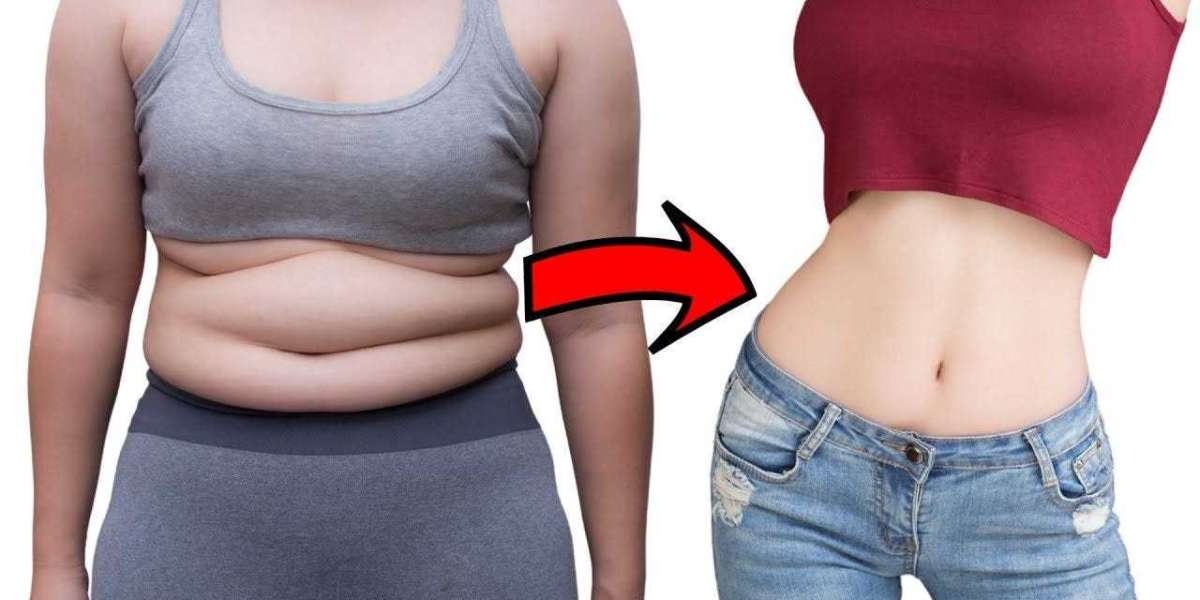Laser-based non-destructive testing (NDT) has emerged as a highly efficient and accurate method for materials inspection and analysis across various industries, including aerospace, automotive, manufacturing, and infrastructure. Unlike traditional methods that may require physical contact or cause damage to the materials being inspected, laser-based NDT techniques provide a way to assess the integrity and quality of materials without compromising their structure or function.
This blog explores the different laser ليزر -based NDT techniques, their applications, advantages, and how they are revolutionizing materials inspection across different sectors.
What is Non-Destructive Testing (NDT)?
Non-destructive testing refers to a set of techniques used to evaluate the properties or integrity of a material, component, or system without causing any damage. These methods are particularly important in industries where the structural integrity of materials is critical, such as in aerospace, nuclear power, and transportation.
Traditional NDT techniques include ultrasonic testing, radiographic testing, eddy current testing, and magnetic particle testing. While these methods are widely used, laser-based NDT techniques have gained traction due to their precision, efficiency, and ability to inspect materials in more intricate and complex ways.
Types of Laser-Based Non-Destructive Testing Techniques
Laser-based NDT involves using lasers to interact with materials in ways that reveal important information about their structure, composition, and performance without causing any damage. Here are some of the most prominent laser-based NDT techniques:
1. Laser Ultrasonics
Laser ultrasonics combines the power of laser technology with ultrasonic waves to inspect materials. In this technique, a high-energy laser pulse is directed onto the surface of a material. This pulse generates a mechanical wave (or ultrasonic wave) that propagates through the material. The wave's interaction with the material is then detected by another laser sensor, which records data about the material's properties, such as thickness, density, and internal structure.
Applications:
- Aerospace: Used to inspect the integrity of aircraft components, ensuring they are free from cracks or other flaws.
- Manufacturing: Helps in evaluating welds and the thickness of coatings in metal parts.
Advantages:
- Provides real-time, high-resolution data.
- Can inspect difficult-to-reach areas.
- Non-contact method, reducing the risk of damaging delicate materials.
2. Laser Induced Breakdown Spectroscopy (LIBS)
Laser Induced Breakdown Spectroscopy (LIBS) is an advanced analytical technique that uses a high-intensity laser to ablate (vaporize) a small portion of the material's surface. This process creates a plasma, and the emitted light from the plasma is analyzed to determine the material's composition. LIBS is particularly useful for determining the elemental makeup of metals, alloys, and even ceramics.
Applications:
- Metal industry: To verify the composition of materials and detect impurities.
- Environmental monitoring: Used to analyze soil, water, and air samples for pollutants.
Advantages:
- High precision in detecting elemental compositions.
- Can analyze samples in real-time.
- Requires minimal sample preparation.
3. Laser Shearography
Laser shearography is a technique used to detect internal defects, such as cracks, delaminations, and voids, in materials. It involves the use of a laser to create a deformation or strain pattern on the surface of the material being tested. Any internal defects will cause a deviation in the strain pattern, which is captured by specialized cameras and analyzed.
Applications:
- Aerospace: Shearography is used to detect delaminations in composite materials, such as those used in airplane wings and fuselage.
- Automotive: Employed in detecting internal cracks or defects in components.
Advantages:
- Sensitive to both surface and subsurface defects.
- Can be used on materials like composites, metals, and plastics.
- Non-contact and fast, enabling rapid inspections.
4. Laser Holography
Laser holography is a powerful technique that uses laser light to create detailed images (holograms) of a material's surface deformation. It works by shining a laser onto the material and capturing the reflected light, which is then used to create a 3D image of the material’s surface. This allows inspectors to detect subtle changes in surface morphology, such as cracks or surface wear.
Applications:
- Structural integrity testing: Used to monitor the condition of large-scale infrastructure like bridges and buildings.
- Manufacturing: Helps detect surface defects in products such as car body panels or turbine blades.
Advantages:
- Provides high-resolution, 3D images of material surfaces.
- Capable of detecting minute surface deformations.
- Can be used for both static and dynamic testing.
5. Laser Doppler Vibrometry
Laser Doppler Vibrometry (LDV) measures the vibration or movement of a material’s surface using laser light. This technique uses the Doppler effect to determine the velocity of the surface as it moves in response to stress or vibration. LDV is particularly useful for detecting mechanical stresses and can be used to measure surface displacement caused by cracks or other flaws.
Applications:
- Structural health monitoring: Used for monitoring the vibrations of bridges, buildings, and other infrastructure.
- Automotive: Used to monitor vibrations in vehicle components to ensure they are functioning properly.
Advantages:
- High sensitivity to small displacements.
- Non-contact and capable of measuring vibration patterns over large areas.
- Provides real-time data, which is valuable for continuous monitoring.
Advantages of Laser-Based NDT Techniques
Laser-based non-destructive testing techniques offer several advantages over traditional methods, making them increasingly popular in various industries. Some of the key benefits include:
1. Non-Contact Inspection
One of the primary advantages of laser-based NDT is that it does not require direct contact with the material being inspected. This makes it ideal for delicate or hazardous materials where physical contact could cause damage or alter the material's properties.
2. High Precision and Sensitivity
Lasers offer incredibly high precision and sensitivity, allowing for the detection of even the smallest defects. This level of accuracy is especially useful when inspecting materials that need to meet strict safety and performance standards, such as aerospace components or medical devices.
3. Real-Time Data Acquisition
Many laser-based NDT methods, such as laser ultrasonics and laser shearography, provide real-time results, which can be analyzed immediately. This allows for faster decision-making, enabling more efficient inspections and minimizing downtime.
4. Inspection of Complex Geometries
Laser-based techniques are highly versatile and can be used to inspect materials with complex geometries, including intricate surfaces and hard-to-reach areas. This makes them ideal for industries where components often have intricate shapes, such as in the aerospace and automotive sectors.
Challenges and Limitations
While laser-based NDT offers numerous benefits, there are also some challenges and limitations:
- Cost of Equipment: High-quality laser systems can be expensive, which may be a barrier for smaller companies or those just adopting the technology.
- Specialized Training: Operators require specialized training to handle and interpret the results from laser-based NDT systems.
- Material Properties: Some materials may not respond well to laser testing, and in such cases, other methods may be more suitable.
Conclusion
Laser-based non-destructive testing techniques are revolutionizing the way industries inspect materials and ensure product quality. By offering precise, non-contact, and real-time inspection methods, these laser techniques provide valuable insights into the structural integrity and composition of materials. Whether it's in aerospace, automotive, or infrastructure, laser-based NDT is poised to play a critical role in the future of materials inspection, offering improvements in efficiency, safety, and cost-effectiveness.














